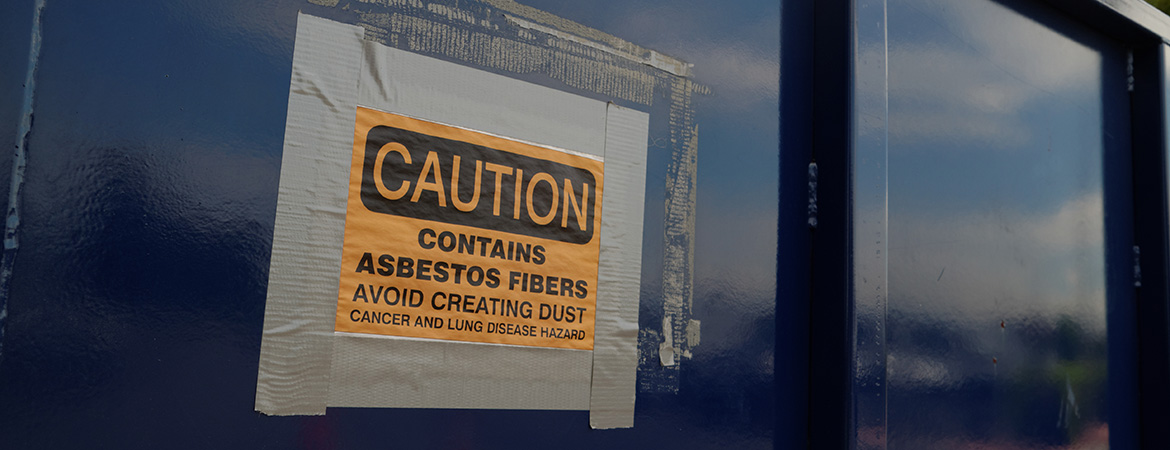4 things you need to know about asbestos in homes
Although the use of asbestos has been regulated by government agencies since the 1970s, it still exists in many homes across the U.S.

Do you live in a home that was built before 1980? There’s a good chance it was built with materials containing asbestos. Although the use of asbestos has been regulated by government agencies since the 1970s, it still exists in many homes across the U.S., according to the Mesothelioma Cancer Alliance (MCA). In fact, this harmful substance is still present in a whopping 80 percent of houses built before the 1980s.
- What is asbestos, and why is it in some homes?
Asbestos is a mineral fiber that naturally occurs in rock and soil, according to the Environmental Protection Agency (EPA). Due to its sturdy properties, it was once used in a wide range of building materials; but by the 1960s, scientists had discovered asbestos’ link to lung cancer, and the substance became heavily regulated by the EPA in the 1970s.
Asbestos may be found in:
- Insulation
- Floor, ceiling, and wall tiles
- Roofing and siding shingles
- Textured paint and patching compounds
- Pipe coating
- Heat-resistant fabrics
- Walls and floors around wood-burning stoves
That’s not all! Curious where else asbestos may be hiding in your home? Click here for an infographic from the MCA.
2. How does exposure occur?
Asbestos products are typically not dangerous if left unbroken or enclosed. For example, bathroom tiles containing asbestos aren’t a risk in their intact, encapsulated state. It is only when asbestos products are disturbed or damaged in some way that they present a health hazard. This is because asbestos is a “friable” material, which means it easily crumbles into tiny particles that can become airborne. The fibers may be released into the air by the disturbance of asbestos-containing material during product use, demolition work, building or home maintenance, repair, or remodeling.
3. What makes asbestos dangerous?
Exposure from inhaling asbestos fibers can result in the development of lung cancer, mesothelioma (a rare form of cancer in the lining of the lung, chest, abdomen, and heart), and asbestosis (a progressive and long-term inflammatory lung disease). After initial exposure, symptoms can take a decade or more to develop, according to the American Cancer Society (ACS).
4. How should you deal with asbestos?
Just because asbestos is in your home does not necessarily mean that it needs to be removed, according to the ACS. An expert can test your home for the substance and determine if it poses any risk of exposure. Should materials need to be removed, licensed asbestos abatement professionals are trained to carefully remove and dispose of the threat without further contamination. Kentucky has laws in place to keep our state’s air free of asbestos and other harmful toxins, so do not attempt to remove asbestos-containing material yourself. Abatement professionals should be certified by the Kentucky Division for Air Quality and knowledgeable about the laws pertaining to asbestos removal in the Bluegrass State.
Despite decades of regulations, thousands of people are still dying of asbestos-related cancer each year. Proper education and prevention can help keep you and your family safe from this inconspicuous carcinogen.
>> At Kentucky Farm Bureau, we’re just as invested in your home as you are. We help protect what’s important to you – from farms and fishing boats to minivans and mobile homes. To see a full list of products we insure, click here.
